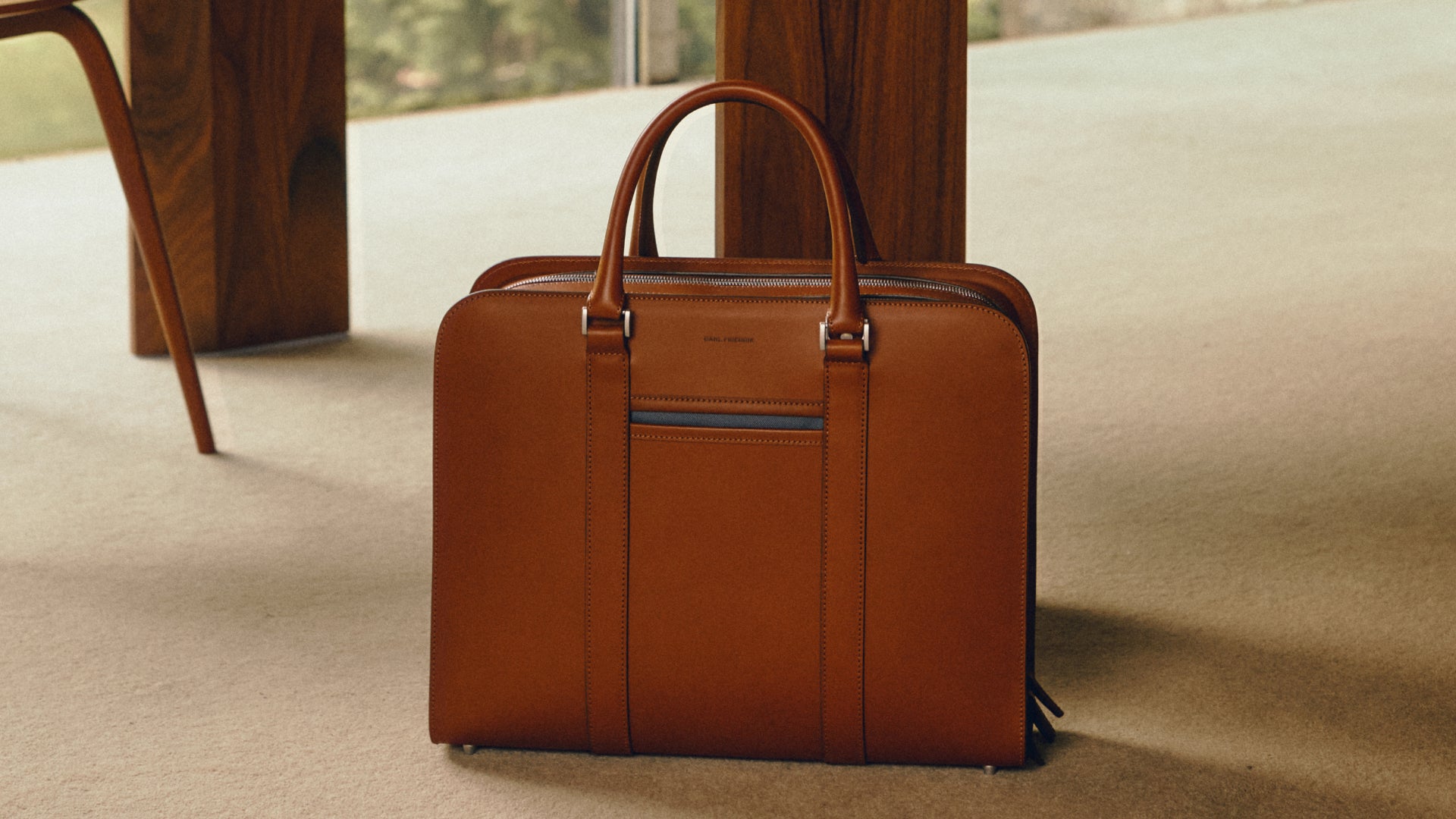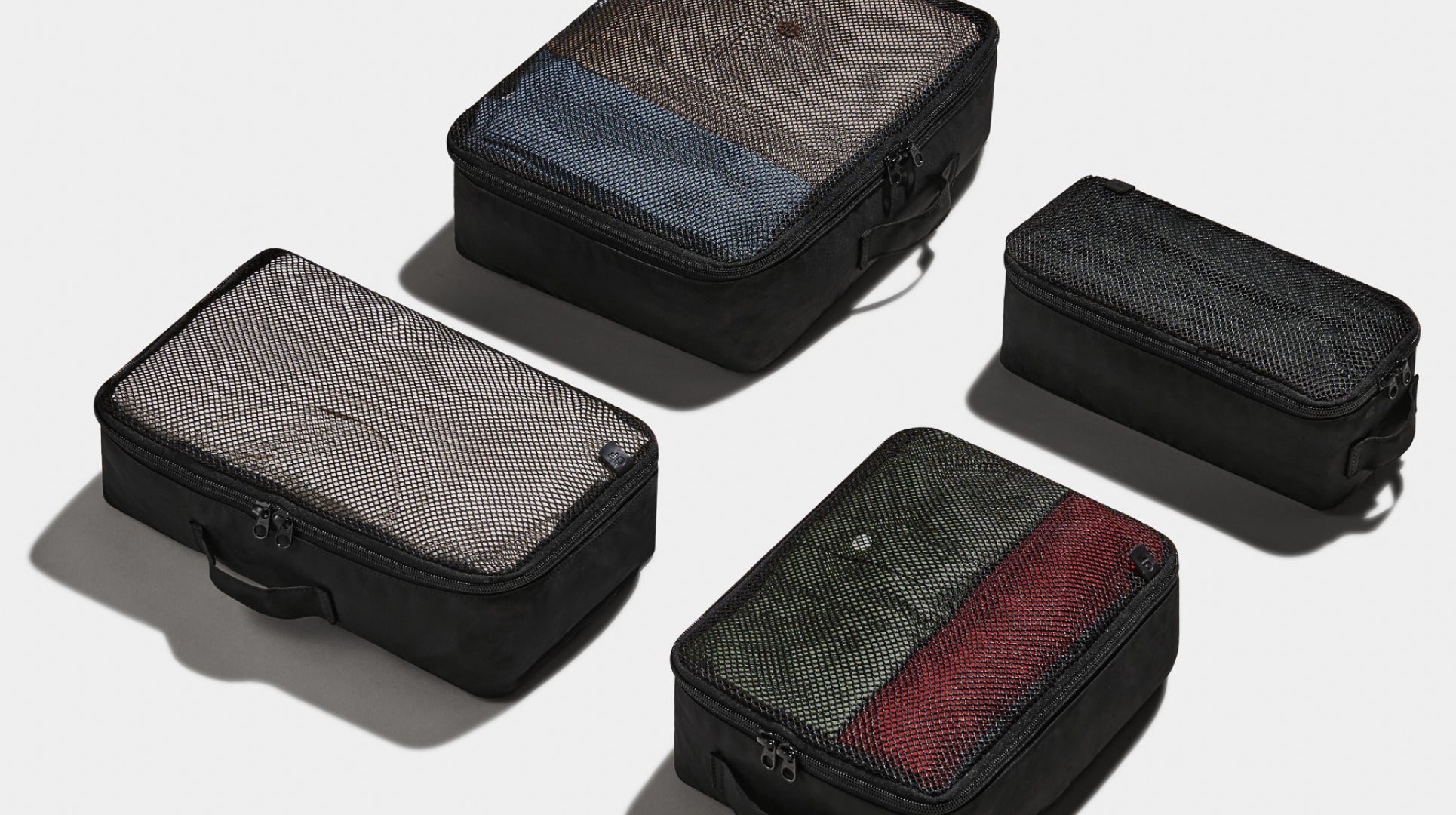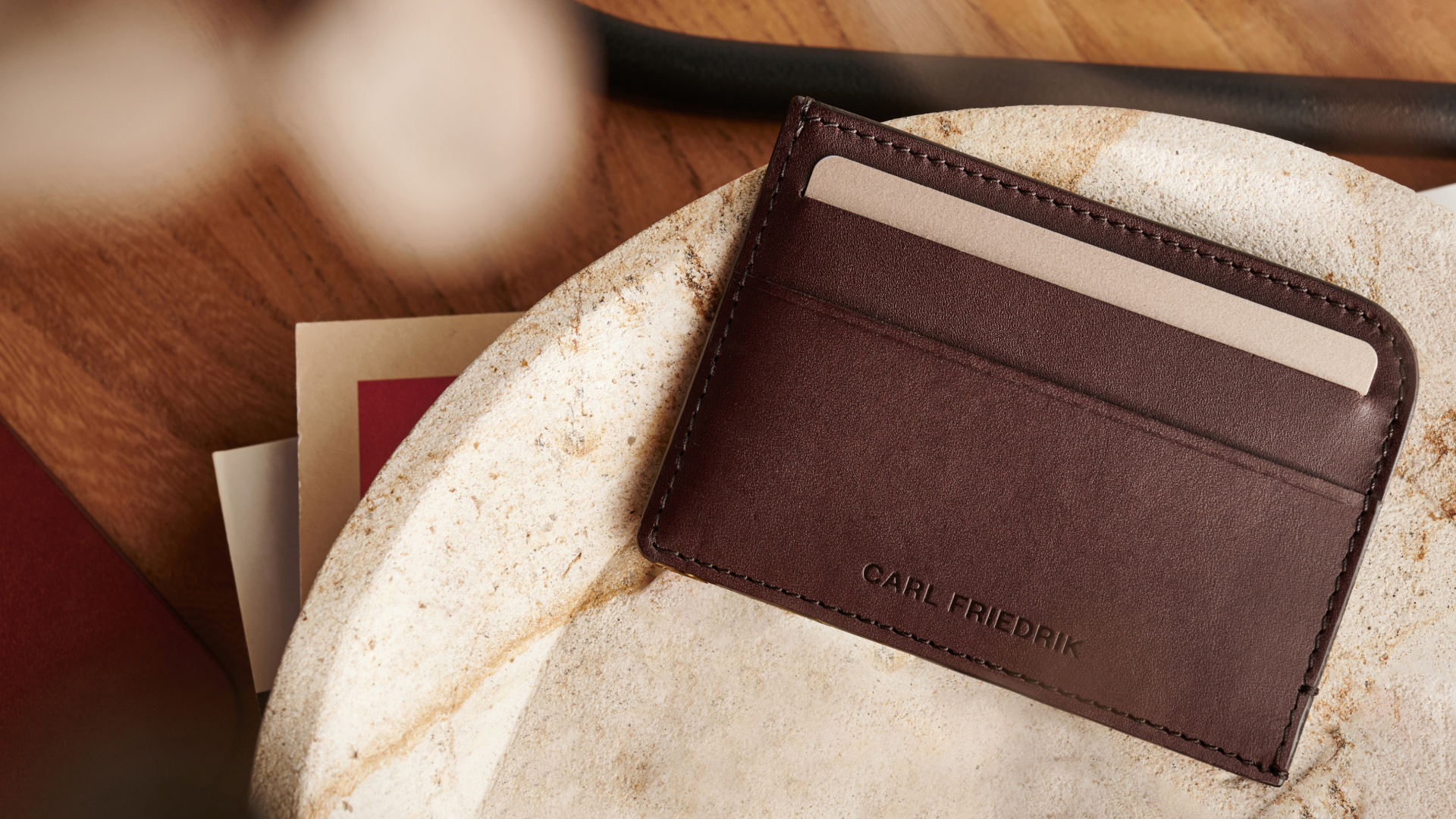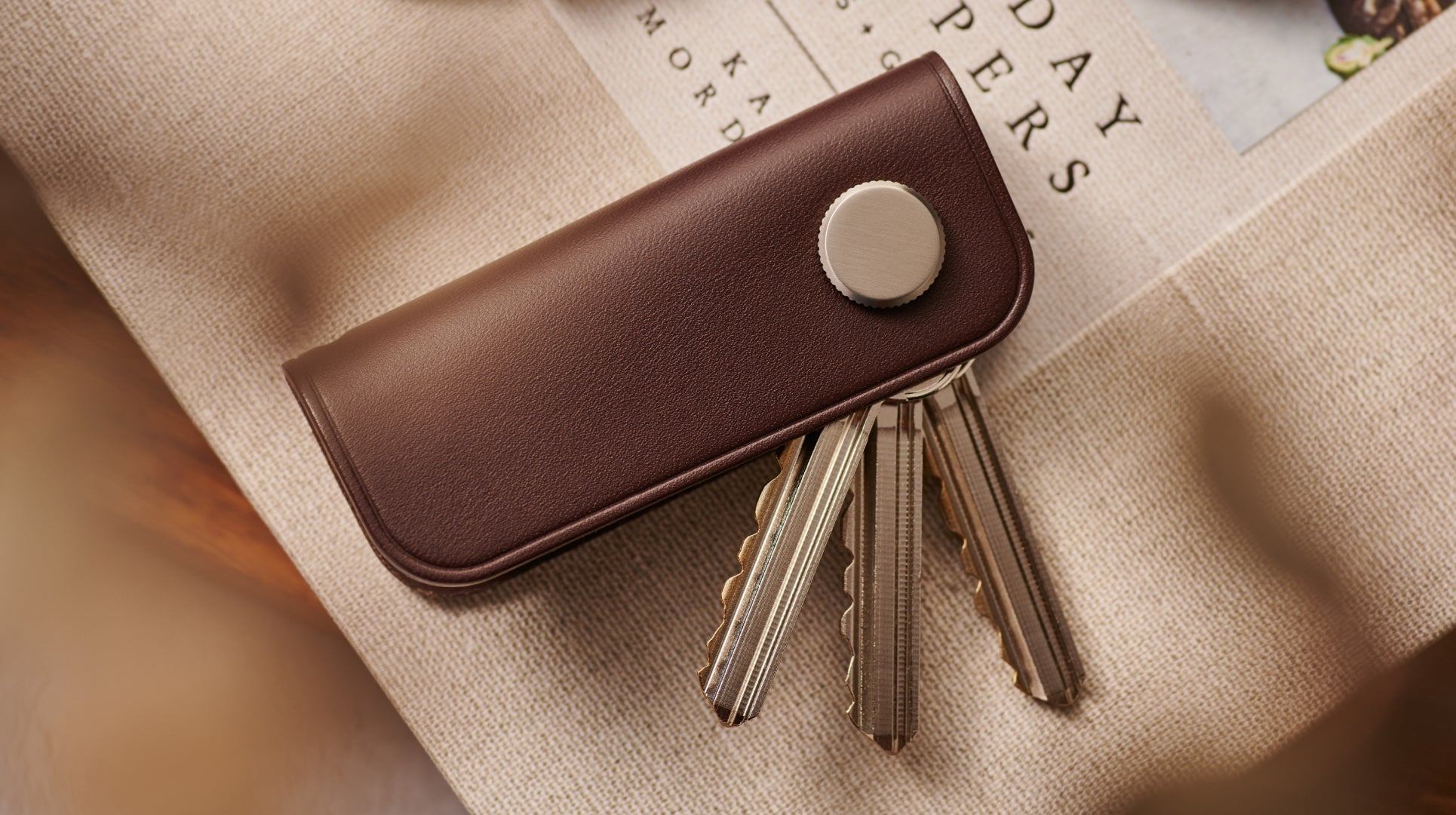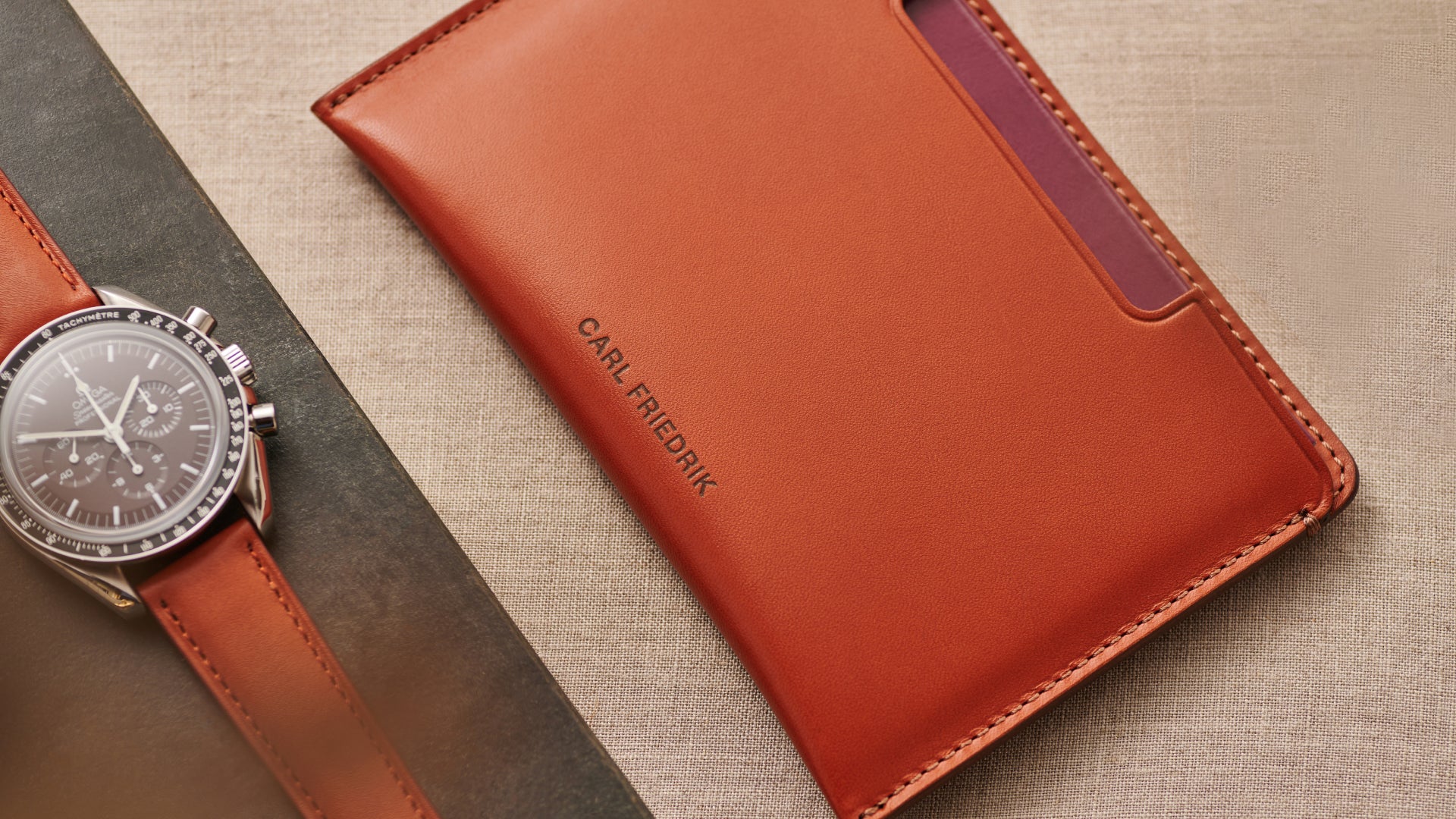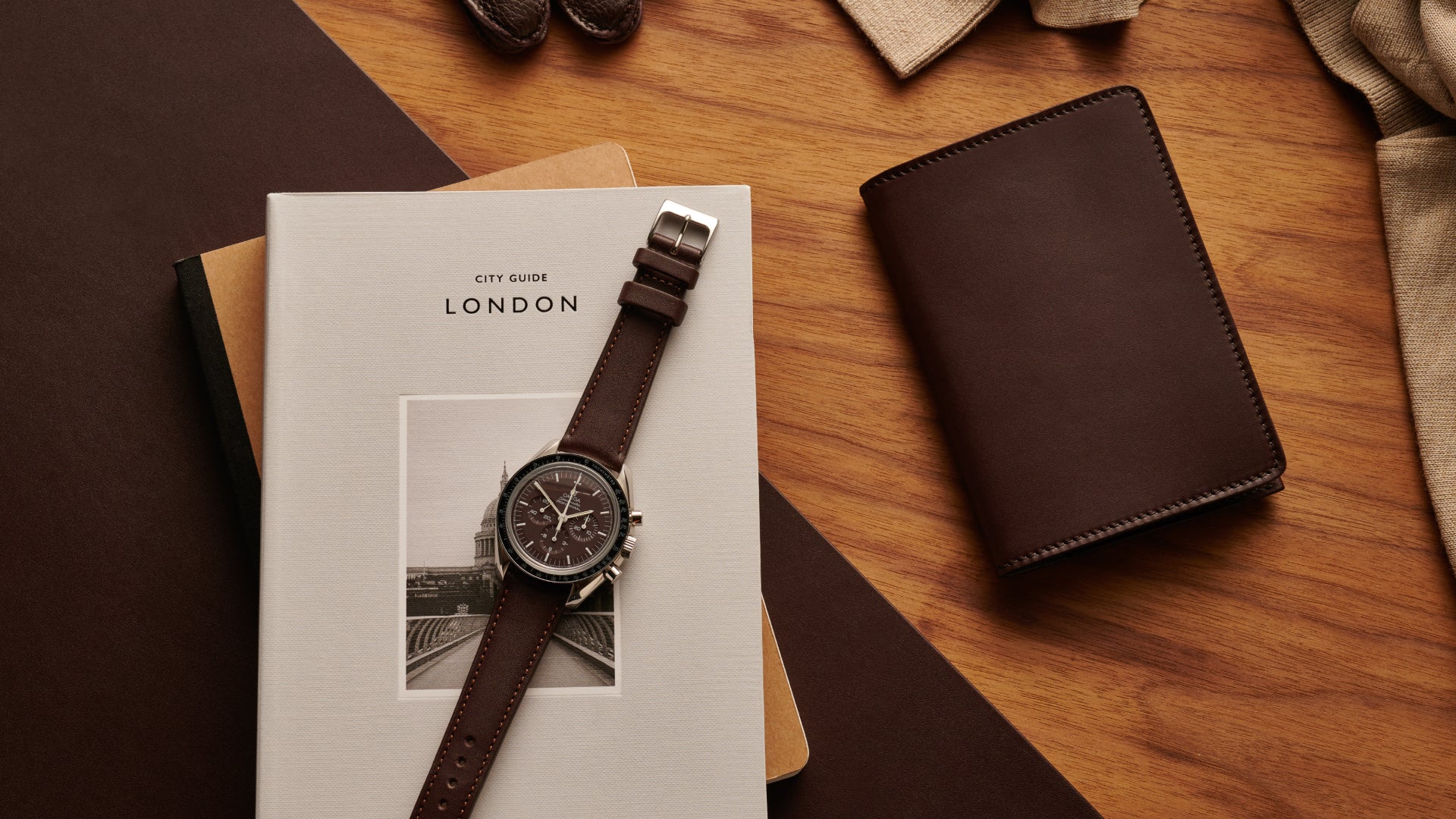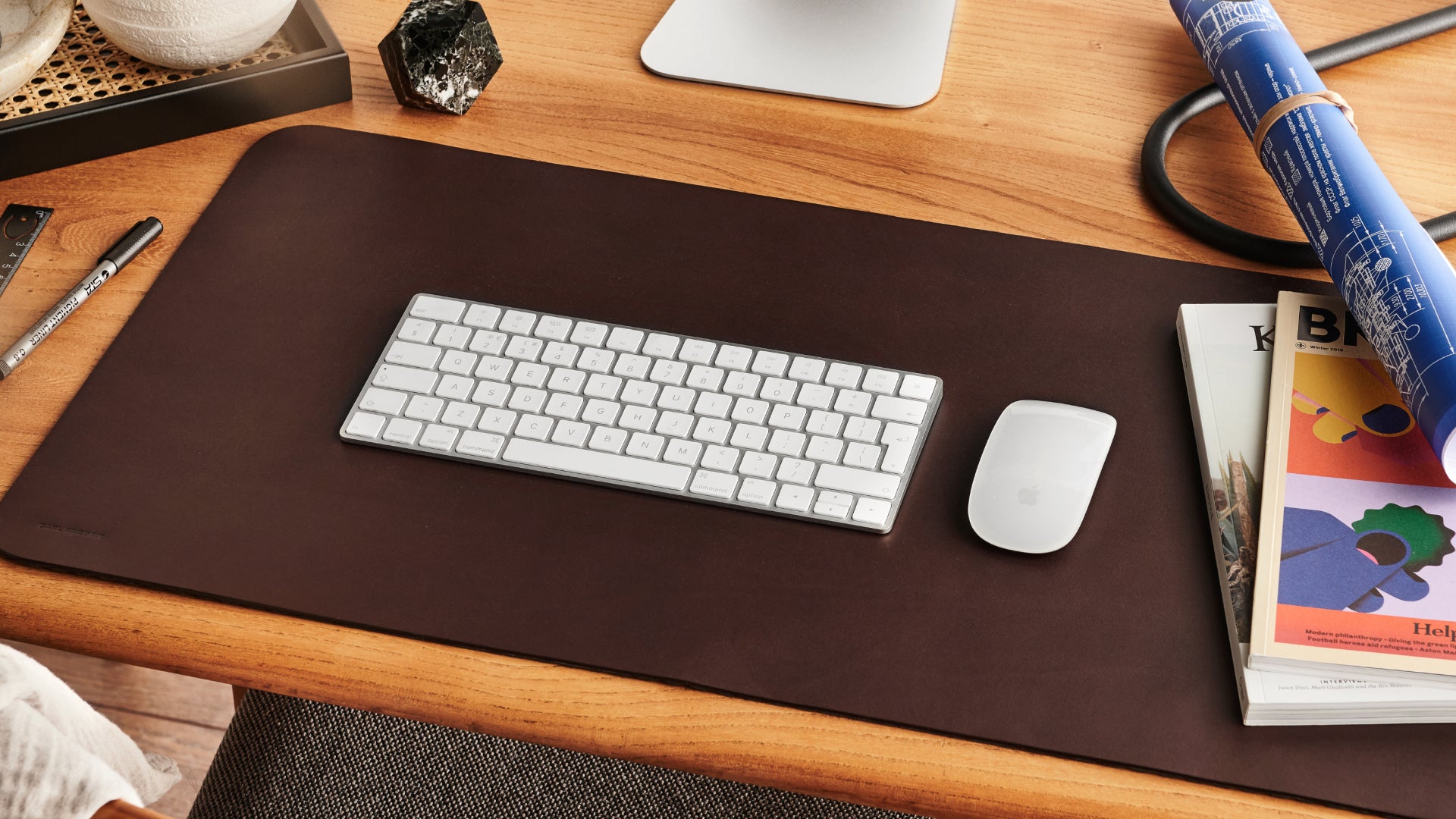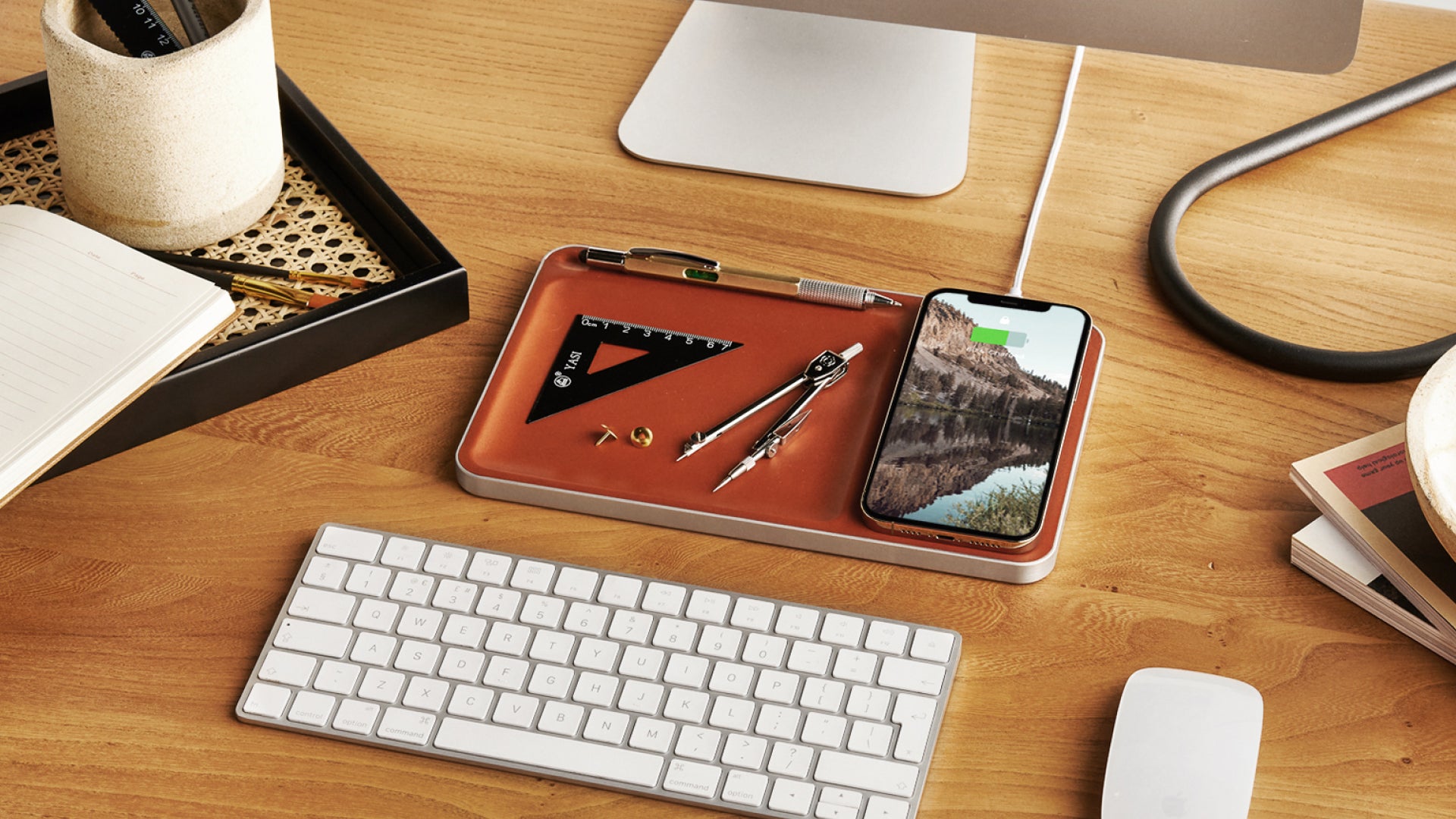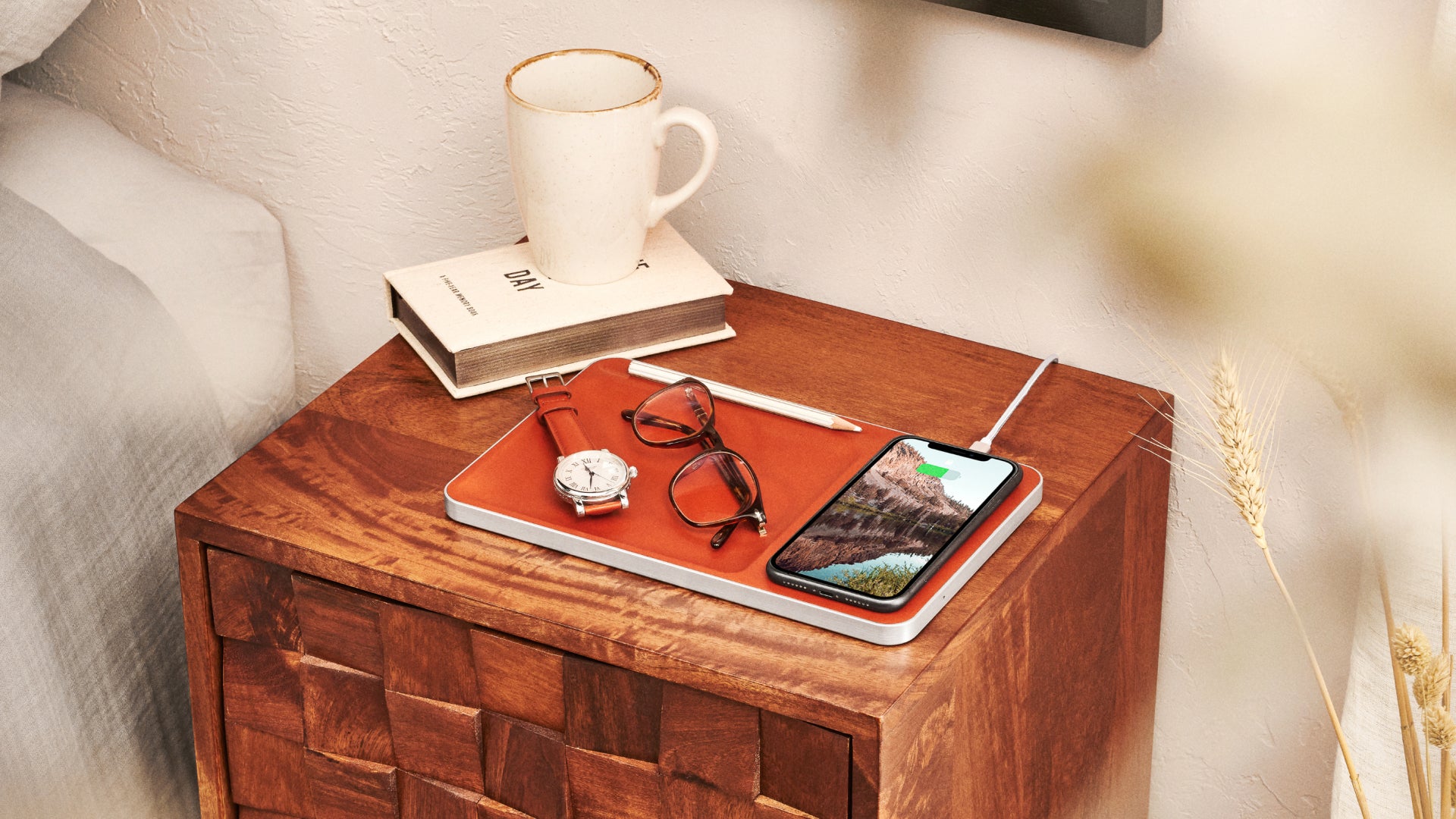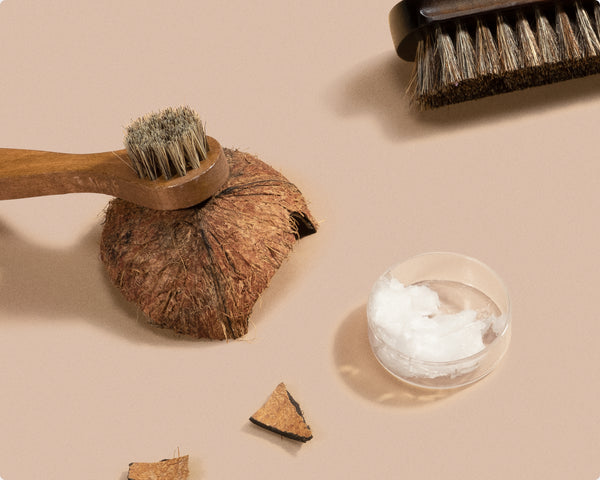Rescuing wet leather need not be a hopeless task provided you keep in mind three key things: timing, patience and a small amount of elbow grease. Lock these elements down and you stand a good chance of reversing the havoc water can wreak on your favourite bag or briefcase.
Whether you got caught out in a rain shower or narrowly missed a puddle, we – the leather experts – have a few tricks up our sleeves to ensure your leather doesn’t pay the price.
Can leather get wet? The science bit.
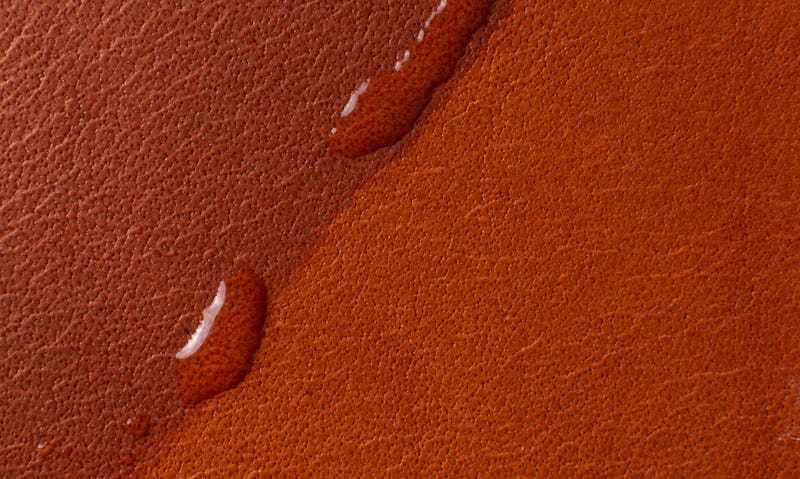
Technically yes, but we wouldn’t recommend it. So what happens to leather when it gets wet? The oils in the skin bind to the water molecules, so as the water dries and evaporates, it starts drawing the oils out. It’s this shedding of natural oils that causes the leather to lose its supple quality and become stiff and brittle. Water can also cause staining and can move dyes leaving streaks and spots. And if the leather doesn’t dry quickly enough, it could even start to rot.
Rescuing leather – how to do it
We’ve all been caught in a rain shower or stepped into a puddle. It happens. The key is not to panic, but to follow these expert tips on preserving your favourite leather.

To start, arm yourself with the following items: dry cloth, sponge or microfibre paper towel, soft-bristle brush or toothbrush, leather conditioner, padded hangers and old newspaper or absorbent material.
And remember, when dealing with wet leather, speed is everything: if you notice water or liquid on your item, act right away before it gets a chance to set. For already stained leather, read on for tips.
Smooth vegetable-tanned leather
Most vegetable-tanned leather is full-grain leather, which is made from the strongest part of the animal hide and preserves the outermost layer of the skin. Because its finish is often natural without protective coatings, it absorbs water and stains more easily. But there are ways of protecting against and repairing water.
How to dry wet leather
| 1 Dab and dry | First, clean your hands as leather – especially bags – can easily absorb grease and oil. The next step is to let it dry, naturally. Dab off any liquid from the surface and inside – this allows what’s soaked into the material to evaporate on its own. Try not to wipe as this moves the liquid further into the skin. The aim is to get the leather to change from soaked to damp. How to dry a wet leather wallet: dry in the closed position – if it hardens during the drying process the last thing you want is for it to be open. How to dry a wet leather bag: stuff the inside of the bag or briefcase with newspaper to help the item retain its original shape. This also helps absorb moisture from the interior. Lay flat. Never use a hairdryer or artificial heat as this can shrink the material helping it to become dry and stiff in the process. |
| 2 Condition | Once the leather is damp, apply a reasonably thick coat of high-quality leather conditioner such as Carl Friedrik’s Leather Cream, which works best on natural/vegetable-tanned leather like Vachetta. A conditioner contains natural oils that replenish those lost as the water evaporates. Massage into the surface of the leather and leave it to dry overnight. |
| 3 Buff and protect | Once dried, buff the entire surface of the item. At this point, you may want to apply some water or stain repellent to help guard against future exposure to water. |
How to treat dried water stains on smooth or vegetable-tanned leather
| 1 Test first | The best bet for clearing up dried water stains is by using a high-quality leather cleaner. As always, remember to test your cleaner on a small section in case of discolouration. Let it dry. |
| 2 Treat | Gently wipe the stain with a small amount of your tested leather cleaner. Wipe off any excess residue. |
| 3 Dry | Leave to dry in a clean, cool indoors location away from direct sunlight and heat. |
| 4 Use conditioner | Apply conditioner to the spot and consider conditioning the entire item so as to avoid blotchy drying. Buff off any excess residue and let it dry again in the same place. |
Grained or patterned leathers
As a rule of thumb, grained leathers are mostly chrome-tanned and finished with a solid layer of paint and a protective surface layer. The water resistance levels are high compared to smooth vegetable-tanned leathers – and much less likely to stain or get soaked. Check your label for terms such as Saffiano leather or pebble grain as these are typically grained leathers.
If the leather’s still wet
| 1 Dab and dry | With clean hands, blot (do not wipe or rub) any liquid with a dry cloth or colourfast sponge – do this on the surface and inside the item. Let the leather air until damp. With wallets, let them dry in the closed position – if they harden during the drying process, they may no longer close. Stuff the inside of the wet leather bag or briefcase with newspaper to help the item retain its original shape. This also helps absorb moisture from the interior. Lay flat. Never use a hairdryer or artificial heat as this can shrink the material helping it to become dry and stiff in the process. |
| 2 Apply conditioner | Once the leather is damp, apply a good quality leather conditioner, which should help restore some of the lost oils. Massage into the surface of the leather and leave it to dry overnight. |
| 3 Buff and protect | Once dried, buff the entire surface of the item. Finish with a spray protector that repels liquids and protects against any future staining. |
To treat dry water stains on grained or patterned leather, follow the steps above for vegetable-tanned leather.
Suede
The sensitivity of suede means it’s easily ruined by water. This also means treatment and prevention can be tricky: a protective wax cannot be rubbed onto the surface, so a spray works best.
For soaking or wet suede
| 1 Blot | Using a dry cloth or microfibre paper towel soak the water away being careful not to rub or wipe the liquid into the leather. Avoid letting the suede dry on its own after being soaked – speed is of the essence. |
| 2 Brush | Using a soft-bristle brush or medium-bristle toothbrush, brush the suede back and forth for a couple of minutes. |
| 3 Dry | Direct a hairdryer – on low or cool heat – onto the suede, while simultaneously brushing back and forth, but only after you’ve blotted. The aim is to revive the nap of the suede before it dries and hardens – which is the point of no return. |
| 4 Revive | Apply a suede eraser using light to medium pressure to the entire suede upper. This helps to remove dirt as well as lifting the nap of the dampened suede. Finish with more brushing. |
| 5 Protect | Once the leather is dried and cleaned, take preventative measures by applying a water and stain repellent. |
How to treat dried water stains in your suede
If the water has had time to dry, it will be much harder to get rid of. Try dampening a lint-free cloth and dab the leather’s surface barely dampening it in the process. Do this from seam to seam from the water stain to the edge. This will help the stain to come out evenly with the rest of the leather.
Nubuck leather
Nubuck leather is a buffed down version of full-grain leather that resembles a very fine, but robust, suede. It’s naturally water resistant to small amounts of water but requires additional proofing with a spray.
For wet or soaking nubuck leather suede
| 1 Blot dry | With a dry cloth or paper towel blot any water away, while trying not to rub or wipe the liquid into the leather. |
| 2 Brush, dry, brush | Using a soft-bristle brush or medium-bristle toothbrush, brush the suede back and forth for one or two minutes. Let the leather dry naturally in a cool dry place. When dry, continue to brush the surface thoroughly. |
| 3 Apply conditioner | Apply a good quality leather conditioner once dry. Reapply every two or three weeks to keep the nubuck leather supple. |
For dried water stains on nubuck leather, follow the above tips for suede.
Faux and vegan leather
‘Can faux leather get wet?’ is a question we hear often. Faux or vegan leather is made from a form of plastic, polyurethane or even pineapple and apple. This kind of leather has strong in-built waterproof qualities. So the answer is yes, but it won’t usually get damaged.
This makes it easier to clean using a mild detergent or just wiping off any liquids with a damp cloth. This also means conditioning products can’t penetrate the surface to stop it from drying or cracking, which can happen if it’s in the sun a lot.
Dry wet leather bags and briefcases
If your prized leather bag or briefcase gets soaked in a rain shower, make sure you allow it to completely air dry.
- Lay the briefcase or bag flat on a hard surface such as a table so the leather is not crumpled or wrinkled.
- Stuff the inside of the wet leather bag or briefcase with newspaper to help the item retain its original shape. This also helps absorb moisture from the interior.
- Let it dry naturally. Keep clear of any heat sources such as a radiator or hairdryer as this will speed up the drying process and damage the leather.
Preventing leather from getting wet
There’s a convincing case for pre-treating your leather bag, wallet, gloves or shoes to improve their water resistance. But because leather is permeable – especially ageing leather – that alone means it can never truly be 100% waterproof. Water resistance is the best you can hope for. And remember: if leather is repeatedly exposed to water, the overall condition can deteriorate markedly over time.
Still, it’s worth looking into treatments and sprays that contain ingredients that contain natural oils that replace lost oil from the water damage and help seal out moisture.
For non-suede and non-nubuck bags and briefcases, apply a leather conditioner at least twice a year – using a circular motion before wiping off with a slightly damp cloth to avoid clogging the pores of the leather. Click [here] to find out how to apply leather conditioner.
Another option is beeswax cream, which is a natural water resisting solution – but remember to test this on a small patch first, as it may have a darkening effect.
Here’s how:
- Ensure the leather is clean as dirt can interfere with the wax’s effectiveness.
- Add a small amount of wax to a clean dry cloth (not directly to the leather) and then apply to the leather.
- Repeat if necessary. Allow to dry for around 30 to 60 minutes. Avoid using artificial heat to speed the process up as this can cause cracking.
- Once totally dried, buff off the wax with a clean, dry cloth.
For suede and nubuck leather, a wax will simply ruin the skin. Instead, the leather needs to be treated with a waterproofing spray. For faux/vegan leather a synthetic spray will create a waterproof barrier between any water and the leather.
So now you know what happens when leather gets wet. And armed with our insider tips on how to treat wet leather, no longer should you despair.
